The trade conflict between the United States and China has reignited following months of temporary truce, this time centering upon critical rare earth minerals essential to modern military defense systems, advanced electronics, and electric vehicle manufacturing. China maintains extraordinary dominance over global rare earth supply chains, controlling approximately 92% of international rare earth processing operations while accounting for roughly 61% of worldwide rare earth production capacity.
This unprecedented manufacturing vulnerability positions the United States in precarious economic and strategic circumstances, with American defense industries, electronics manufacturers, and renewable energy sectors facing potential catastrophic disruptions from Chinese export restrictions. Analysts suggest China strategically weaponizes rare earth dominance as critical bargaining leverage within ongoing trade negotiations with Washington, using minerals essential to F-35 fighter jets, Tomahawk missiles, and advanced technological infrastructure as leverage within broader geopolitical competition.
The current trade tensions underscore fundamental American economic vulnerability to Chinese supply chain control, exposing systemic dependencies developed over decades as American manufacturing capacity deteriorated while China systematically constructed near-monopoly control over critical mineral extraction, processing, and refinement operations.
What Are Rare Earths? Understanding 17 Critical Elements
Definition and Chemical Composition of Rare Earth Elements
Rare earths comprise a specific group of 17 chemically similar elements exhibiting unique properties essential to contemporary high-technology manufacturing. Despite counterintuitive nomenclature suggesting scarcity, these elements remain relatively abundant within Earth’s geological composition. However, they earned designation as “rare” based upon extraction difficulties and extreme processing complexity, as these elements rarely appear in pure, concentrated forms within natural mineral deposits.
The 17 rare earth elements include neodymium, yttrium, europium, lanthanum, cerium, praseodymium, and 11 additional chemically related elements exhibiting specialized manufacturing applications across diverse industrial contexts.
Extraction and Processing Complexity
Both rare earth extraction and subsequent processing operations present extraordinary technical and environmental challenges. These minerals exist mixed within complex mineral matrices requiring sophisticated chemical separation processes isolating individual elements from surrounding mineral compositions. The extraction and processing procedures generate substantial radioactive waste materials requiring permanent, compliant disposal facilities—a major reason international communities, particularly European Union member states, remain reluctant to develop domestic rare earth production capacity.
According to the International Energy Agency (IEA) analysis, rare earth extraction and processing demand substantial capital investment, specialized technical expertise, and rigorous environmental management protocols addressing radioactive waste disposal requirements.
Critical Applications: Why Rare Earths Matter for Modern Technology
Military and Defense Technology Applications
Rare earths provide absolutely essential functionality within contemporary military weapons systems and defense technologies. Heavy rare earths—particularly valuable elements harder to extract and process than “light” rare earths—serve as critical components within advanced weapons platforms, radar systems, and guidance mechanisms.
According to the Centre for Strategic and International Studies (CSIS) comprehensive analysis, critical American defense systems including F-35 fighter jets, Tomahawk cruise missiles, and Predator unmanned aerial vehicles fundamentally depend upon rare earth minerals for operational functionality. These sophisticated military platforms require permanent magnets manufactured from rare earth elements, enabling compact sizing and superior performance characteristics impossible to achieve through alternative materials.
Heavy rare earth elements enable miniaturization and efficiency improvements making advanced weapons systems feasible, with neodymium-based permanent magnets serving as essential components enabling motor efficiency and force projection capabilities across diverse military applications.
Consumer Electronics Manufacturing
Neodymium creates powerful permanent magnets essential to contemporary consumer electronics manufacturing. Loudspeakers, computer hard drives, smartphones, and portable audio devices all depend upon neodymium-based magnets providing acoustic performance and data storage functionality consumers expect from modern devices.
Electric vehicle motor technology similarly depends upon rare earth permanent magnets, with neodymium providing essential magnetic properties enabling efficient motor operation necessary for competitive EV performance. As global automotive industries transition toward electrification, rare earth dependency intensifies dramatically, with EV manufacturers requiring substantially greater rare earth quantities compared to traditional internal combustion engine vehicles.
Display Technology and Visual Enhancement
Yttrium and europium elements provide critical functionality within television and computer screen manufacturing, enabling color display capabilities through their unique light-emitting properties. Modern visual display technologies, from traditional LCD screens to contemporary OLED technology, incorporate rare earth phosphors generating specific color wavelengths essential to photorealistic visual presentation.
Medical and Scientific Technology
Laser surgery systems depend upon rare earth-doped optical fiber technology, while magnetic resonance imaging (MRI) equipment requires rare earth elements within superconducting magnets generating powerful magnetic fields necessary for medical imaging functionality.
As Thomas Kruemmer, Director of Ginger International Trade and Investment, explains: “Everything you can switch on or off likely runs on rare earths.” This capsule summary underscores rare earth ubiquity throughout modern technological infrastructure.
China’s Strategic Dominance: Building a 61% Production and 92% Processing Monopoly
Historical Development of Chinese Rare Earth Dominance
China’s contemporary rare earth market dominance did not emerge spontaneously but represents deliberate outcome of decades-long strategic government investment, policy prioritization, and systematic industry development. During a 1992 visit to Inner Mongolia, late Chinese economic reform leader Deng Xiaoping famously proclaimed: “The Middle East has oil and China has rare earths,” establishing philosophical foundation for comprehensive rare earth industry development.
According to Gavin Harper, critical materials research fellow at the University of Birmingham: “Beginning in the late 20th Century, China prioritised the development of its rare earth mining and processing capabilities, often at lower environmental standards and labour costs compared to other nations. This allowed them to undercut global competitors and build a near monopoly across the entire value chain, from mining and refining to the manufacturing of finished products like magnets.”
Contemporary Market Position and Production Capacity
The International Energy Agency estimates China currently controls approximately 61% of global rare earth element production and dominates approximately 92% of worldwide rare earth processing operations. This extraordinary processing monopoly creates critical supply chain vulnerability for international manufacturers unable to access alternative processing facilities.
The dual control—both extraction and processing dominance—enables China to dictate terms across entire global rare earth supply chains, deciding which companies receive supplies, which nations access minerals, and what commercial conditions govern international rare earth transactions.
Chinese Export Restrictions: Weaponizing Rare Earth Supply
April 2024 Export Restriction Implementation
Following Washington’s implementation of new tariff regimes in April, China responded by imposing restrictions upon exports of seven specific rare earth minerals, predominantly focusing upon “heavy” rare earths more valuable and strategically critical than commonly available “light” rare earths. These export limitations required all companies transporting rare earths and rare earth magnets internationally to obtain special government export licenses before shipping materials abroad.
China justified these restrictions through reference to international non-proliferation treaty obligations, asserting legal authority to control “dual use” products potentially applicable to both civilian and military applications. This legal framework provides international legitimacy for export controls while simultaneously enabling strategic supply manipulation.
October 2024 Export Control Expansion
By October 2024, China expanded export control mechanisms further, requiring foreign companies to obtain explicit Chinese government approval before exporting even minimal quantities of rare earth minerals. Companies must now formally document intended mineral applications and receive government authorization before proceeding with international transactions.
According to CSIS analysis, this creates severe vulnerability for American companies, particularly given that no non-Chinese facility currently possesses processing capacity for heavy rare earth separation and refinement, forcing American manufacturers dependent upon Chinese processing regardless of raw material sourcing strategies.
The American Vulnerability: 70% Rare Earth Dependency on China
US Reliance on Chinese Rare Earth Supplies
US Geological Survey data reveals that between 2020 and 2023, the United States relied upon Chinese sources for approximately 70% of all imported rare earth compounds and refined metals. This extraordinary dependency ratio makes American industries exceptionally vulnerable to Chinese supply restrictions, export controls, or geopolitical pressure weaponizing mineral access.
Manufacturing sectors requiring rare earth components—from consumer electronics to advanced aerospace systems—face potential catastrophic disruptions from sustained Chinese export limitations. US Treasury Secretary Scott Bessent characterized China’s export curbs as “economic coercion” and a deliberate “global supply chain power grab,” describing restrictions as precisely the strategic mineral leverage China would employ during trade negotiations.
Defense Industry Vulnerability Assessment
The impact upon American defense industries emerges as particularly acute, given that critical weapons platforms depend entirely upon rare earth components currently accessible only through Chinese processing facilities. As CSIS analysis emphasizes, China simultaneously “expands its munitions production and acquires advanced weapons systems and equipment at a pace five to six times faster than the United States,” creating asymmetric military technology competition dynamics.
Dr. Gavin Harper notes: “The impact on the US defence industry will be substantial. Manufacturers, particularly in defence and high-tech, face potential shortages and production delays due to halted shipments and limited inventories. Prices for critical rare earth materials are expected to surge, increasing immediate costs of components used across products from smartphones to military hardware.”
Manufacturing Sector Supply Chain Threats
Beyond defense applications, broader American manufacturing sectors face severe disruption risks from sustained rare earth export restrictions. Electronics manufacturers, renewable energy equipment producers, and automotive companies all depend upon consistent rare earth access for production continuity.
Production delays, component shortages, and dramatically escalating rare earth material costs threaten American manufacturing competitiveness, potentially forcing production relocations offshore or severe cost increases passed toward consumers. Trump administration manufacturing revival objectives—central to contemporary economic policy—face direct contradiction through Chinese supply chain weaponization.
Can the US Produce Its Own Rare Earths? Current Capacity Limitations
America’s Minimal Domestic Production Capacity
The United States currently operates only one active rare earth mining facility, yet this single mine cannot independently satisfy American demand for rare earth elements. Most critically, the existing American rare earth mine lacks processing capacity for heavy rare earth separation, necessitating export of raw ore materials to China for processing before reimporting refined elements—a deeply inefficient arrangement emphasizing American processing vulnerability.
This dependency represents remarkable reversal from historical American market position. Until the 1980s, the United States maintained industry leadership as the world’s largest rare earth producer, operating competitive mines and processing facilities serving global markets. American companies systematically exited rare earth industries as Chinese competitors undercut pricing through massive scale advantages and lower environmental compliance costs, eventually establishing near-monopoly control.
Domestic Production Challenges and Cost Considerations
Reestablishing meaningful American rare earth processing capacity requires “substantial and sustained investment, technological advancements and potentially higher overall costs compared to previous dependence on China,” according to industry analysts. The radioactive waste disposal challenges, environmental compliance requirements, and technical complexity discourage private sector investment without comprehensive government support and long-term commitment guarantees.
Trump Administration Strategic Response: Diversification Strategies
Presidential Investigation into Critical Mineral Vulnerability
President Trump has explicitly recognized American vulnerability to foreign rare earth dependency, issuing April executive orders mandating investigation into national security risks posed by continued reliance upon critical minerals. The presidential order explicitly states: “Critical minerals, including rare earth elements, are essential for national security and economic resilience. President Trump recognises that an over-reliance on foreign critical minerals and their derivative products could jeopardise US defence capabilities, infrastructure development, and technological innovation.”
Ukraine Minerals Deal Objectives
The Trump administration has prioritized securing minerals deals with Ukraine, seeking to diversify rare earth supply chains and reduce Chinese dominance through alternative sourcing arrangements. Ukraine possesses significant rare earth reserves potentially enabling alternative supply development, though geopolitical complications and ongoing Russian conflict create practical implementation challenges.
Greenland Rare Earth Reserves Interest
Trump administration officials have repeatedly expressed interest in securing access to Greenland’s substantial rare earth reserves, with Trump notably refusing to categorically eliminate economic or military force for territorial acquisition. Greenland possesses approximately the eighth-largest rare earth element reserves globally, representing potentially significant alternative supply source reducing American Chinese dependency.
However, Trump’s adversarial posture toward Denmark and Greenlandic autonomy potentially complicates future collaborative arrangements necessary for peaceful mineral sourcing, potentially alienating geopolitical partners capable of serving alternative supply roles.
Diplomatic and Strategic Implications of Trade Tensions
Double-Edged American Strategic Vulnerability
Dr. Harper summarizes America’s strategic predicament: “The challenge the US faces is two-fold. On the one hand it has alienated China who provides the monopoly supply of rare earths, and on the other hand it is also antagonising many nations that have previously been friendly collaborators through tariffs and other hostile actions. Whether they will still prioritise collaboration with America remains to be seen in the turbulent policy environment of this new administration.”
This strategic vulnerability exposes fundamental American weaknesses: simultaneously dependent upon hostile Chinese rare earth monopoly while potentially alienating alternative suppliers through aggressive trade policies and territorial ambitions.
Long-Term Solutions: Reshoring and Supply Chain Diversification
Investment Requirements for Domestic Capacity Development
Meaningful American rare earth independence requires unprecedented investment in mining infrastructure, processing facilities, radioactive waste management systems, and technological expertise development. Current estimates suggest billions of dollars in capital requirements, with investment returns potentially requiring 10-15 year timelines before generating operational productivity.
According to US Geological Survey research, sustainable domestic rare earth production necessitates government incentives, long-term market guarantees, and comprehensive environmental management commitments often incompatible with pure market economics.
Strategic Alliances and Cooperative Supply Frameworks
Alternative approaches involve developing cooperative supply arrangements with rare earth-rich nations, establishing processing partnerships reducing Chinese monopoly influence, and collectively investing in non-Chinese processing infrastructure. Such collaborative frameworks require diplomatic sophistication and geopolitical trust currently challenged by contemporary trade tensions.
Conclusion: Rare Earth Challenges Define American Strategic Vulnerability
The rare earth elements crisis crystallizes broader American economic and strategic vulnerabilities within contemporary global trade dynamics. Chinese monopoly control over rare earth processing creates asymmetric leverage within trade negotiations, defense industry disruptions, and manufacturing competitiveness challenges.
Resolving American rare earth dependency requires multifaceted approaches combining domestic production investment, international supply diversification, and diplomatic relationship restoration with potential alternative suppliers. Without comprehensive strategic responses, American industries—particularly defense sectors—face potential catastrophic disruptions from continued Chinese supply chain dominance and export control weaponization.



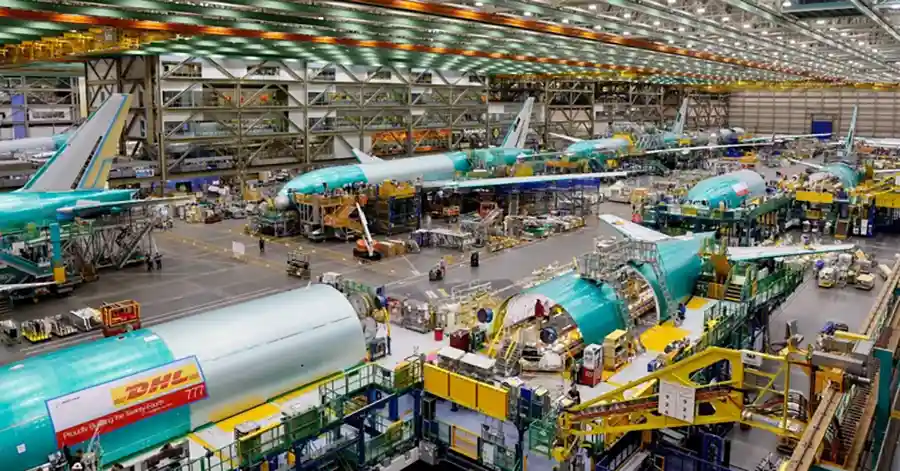


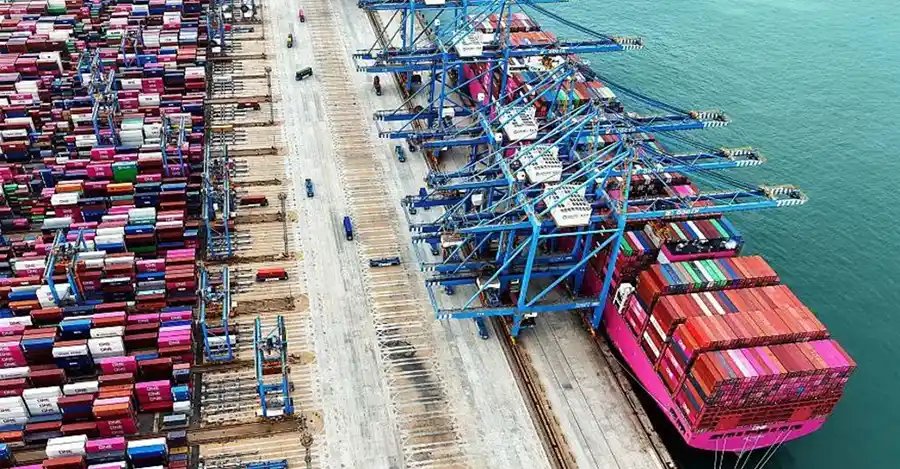







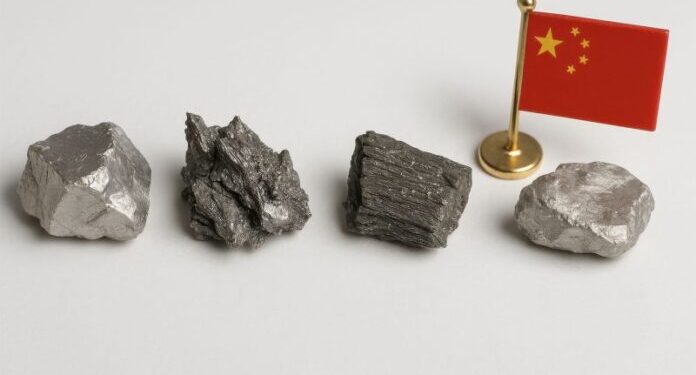
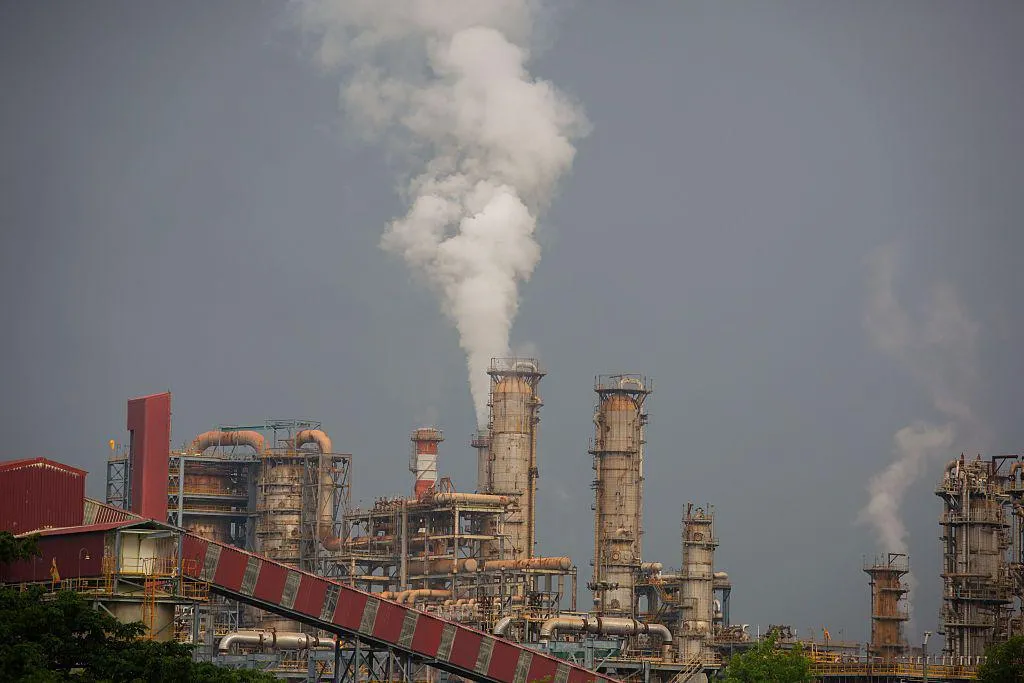
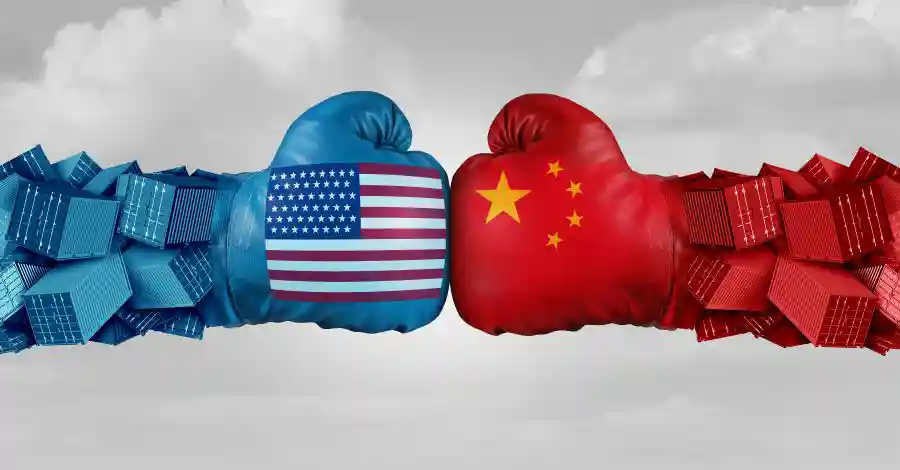




Comments